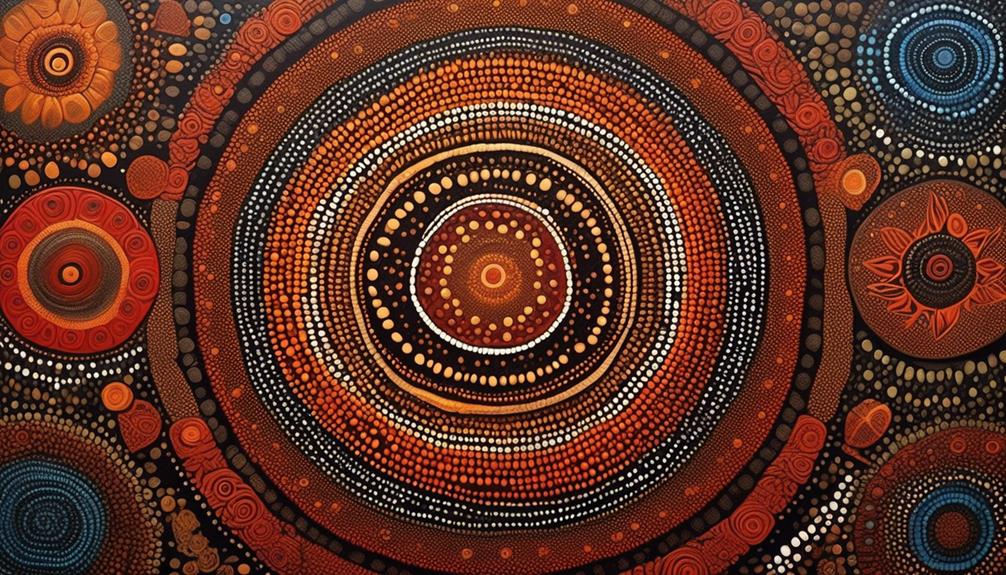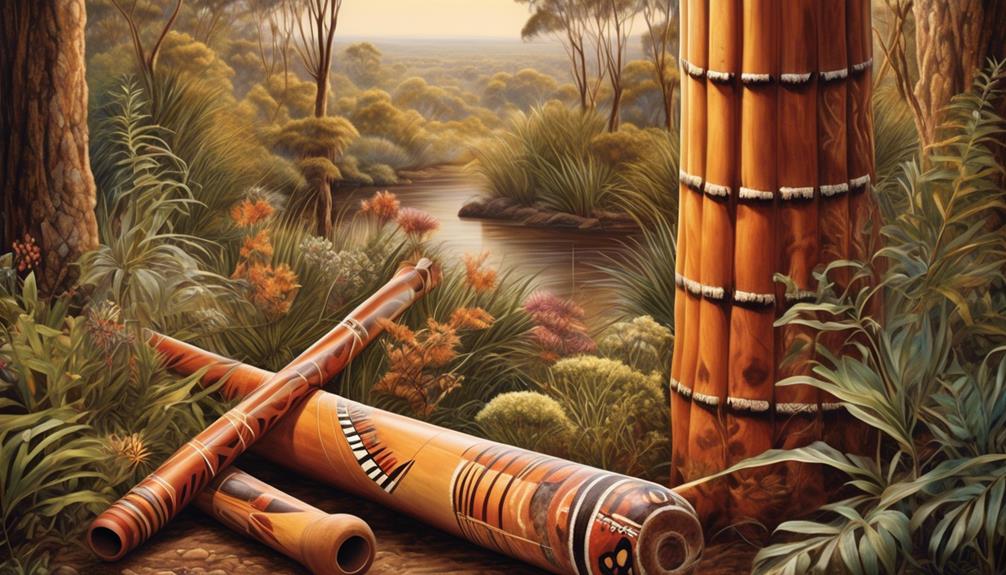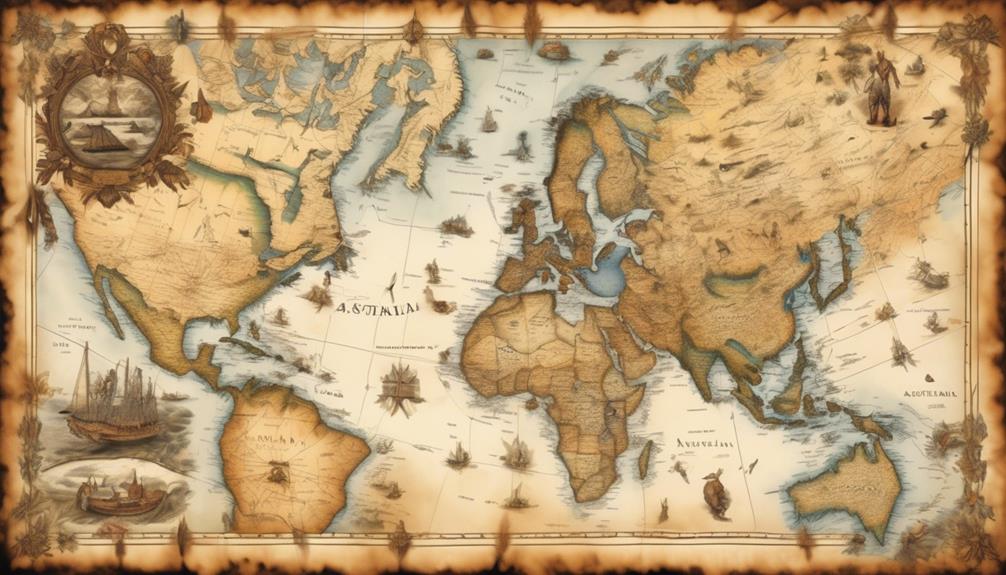Enhanced resolution may seem like it provides a visual experience on par with native resolution, but there are additional factors to consider. Choosing between native and enhanced resolution can significantly impact how you perceive the visual quality.
From the clarity of images to the depth of colors, the choice between native and upscaled resolution holds substantial importance. As you navigate the world of display technology, you'll want to understand the nuances of both options and how they can influence your visual immersion.
So, what exactly sets native and upscaled resolution apart, and how might it affect your viewing experience?
Key Takeaways
- Native resolution ensures optimal image quality without any alterations.
- Upscaled resolution digitally enhances lower resolution content for improved visual fidelity.
- Native resolutions offer superior clarity, especially in fast-paced scenes.
- Upscaling can introduce artifacts like blurriness or pixelation.
Understanding Native Resolution
Understanding native resolution is crucial for comparing the quality and clarity of images or videos across different display devices. Native resolution refers to the actual number of pixels on a screen, and it plays a significant role in determining the sharpness and detail of visual content. One of the key benefits of native resolution is that it ensures optimal image quality, as the content is displayed in its intended format without any alterations. When a display device matches the native resolution of the content being viewed, the result is a clear, crisp image that accurately represents the original material.
However, the impact of native resolution can vary based on screen size. Larger screens with the same native resolution as smaller screens may result in a lower pixel density, potentially leading to a less sharp image. This is why understanding native resolution is essential when comparing display devices of different sizes. By considering the native resolution and screen size together, one can make informed decisions about which display will provide the best visual experience for a given use case.
Exploring Upscaled Resolution
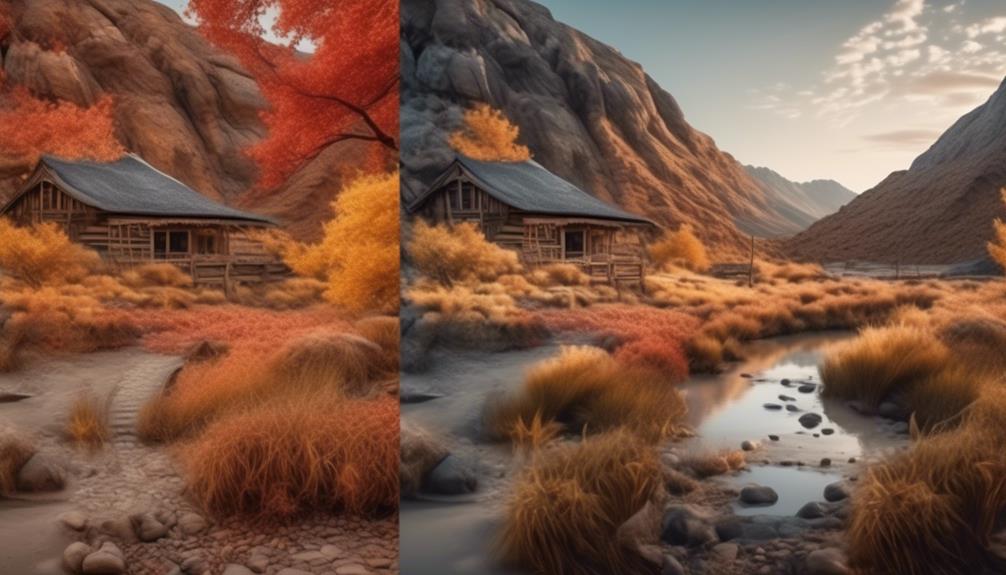
When comparing display resolutions, exploring upscaled resolution involves evaluating the process of digitally enhancing lower resolution content to fit higher resolution screens for improved visual fidelity. Upscaled technology has become increasingly sophisticated, utilizing advanced algorithms to interpolate additional pixels and enhance the overall visual clarity of the upscaled content.
By analyzing the upscaled resolution, you can assess the effectiveness of these algorithms in preserving image quality and minimizing artifacts such as blurriness or distortion.
Upscaled technology aims to bridge the gap between lower and higher resolution displays, allowing you to experience content designed for lower resolutions on modern high-resolution screens without compromising visual quality. Understanding the intricacies of this process can help you make informed decisions when selecting display devices or media sources.
Pros and Cons of Native Resolution
After exploring the intricacies of upscaled resolution and its role in enhancing visual fidelity, let's now examine the advantages and disadvantages of native resolution in display technology.
When it comes to native resolution, there are both benefits and drawbacks to consider. Understanding the effectiveness and impact of using native resolution can help you make informed decisions when choosing display technology.
| Benefits | Drawbacks | Impact |
|---|---|---|
| Crisp and clear images | Limited scalability | Enhanced visual quality |
| Optimal performance | Higher hardware demands | Immersive experience |
| True representation of content | Limited compatibility | Precise details |
| Consistent image quality | Costlier hardware | Realistic visuals |
| Smooth and fluid motion | Limited flexibility | Immersive viewing experience |
Native resolution offers the advantage of providing crisp and clear images while ensuring optimal performance. However, it also comes with the drawback of limited scalability and higher hardware demands. The impact of using native resolution is seen in the enhanced visual quality, immersive experience, precise details, realistic visuals, and smooth motion. Understanding these aspects can help you determine the suitability of native resolution for your display needs.
Pros and Cons of Upscaled Resolution
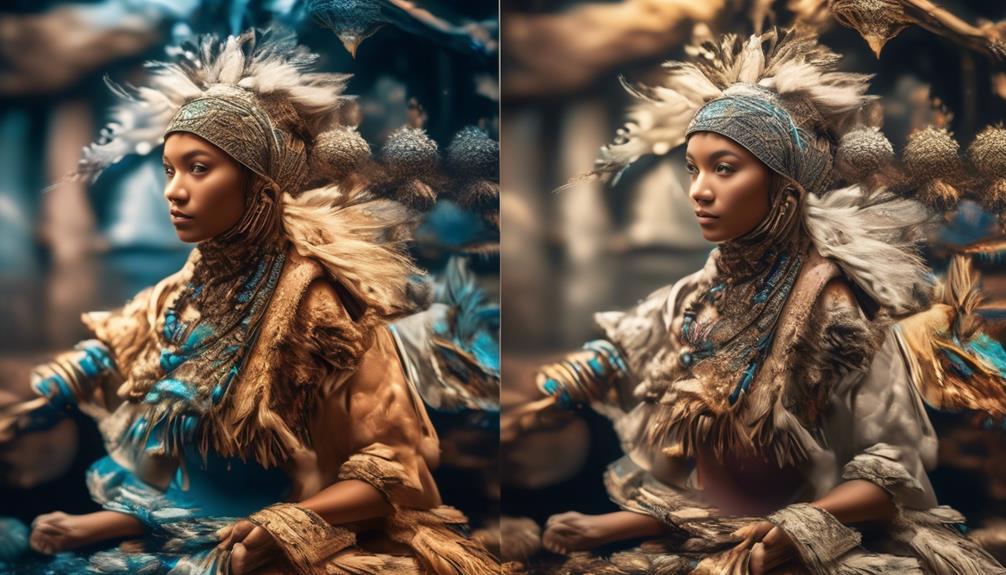
Considering the visual impact and technological implications, upscaled resolution presents both advantages and drawbacks in the realm of display technology.
When it comes to upscaled benefits, one of the most evident advantages is the potential for improved visual quality. By upscaling lower resolution content to fit higher resolution displays, there's a chance to enhance the clarity and sharpness of the image, making it appear more detailed and refined. This can be particularly beneficial when viewing older content or when dealing with media that isn't originally optimized for higher resolution displays.
However, it's important to acknowledge that while upscaled resolution can offer improved visual quality in some cases, it also comes with drawbacks. Upscaling can sometimes introduce artifacts or distortions, particularly when the difference in resolution between the source content and the display is significant. This can lead to a loss of image fidelity and overall visual appeal, negating the potential benefits of upscaled resolution.
Comparing Visual Experience
To compare the visual experience between native and upscaled resolutions, one must carefully evaluate the level of image fidelity and overall clarity exhibited by each. The visual quality and viewing experience are crucial factors when considering display technology.
- Image Fidelity: Native resolutions often provide higher image fidelity due to the direct pixel mapping, resulting in sharper details and more accurate colors.
- Upscaling Artifacts: When resolutions are upscaled, there's a risk of introducing visual artifacts such as blurriness, jagged edges, or pixelation, which can impact overall image fidelity.
- Clarity: Native resolutions typically offer superior clarity, especially in fast-paced scenes, due to the precise rendering of each pixel, resulting in smoother motion and better overall visual experience.
- Display Size: The impact of resolution on visual quality can also depend on the size of the display, as upscaled resolutions may look more pixelated on larger screens.
- Content Type: The type of content being viewed can also influence the visual experience, as certain content may benefit more from native resolutions, while others may be less affected by upscaling.
When evaluating the visual experience, it's essential to consider not only the resolution itself but also the display technology and the specific viewing conditions to make an informed decision.
Frequently Asked Questions
Can Upscaling a Lower Resolution Image or Video to a Higher Resolution Result in Any Loss of Image Quality or Detail?
Upscaling a lower resolution image to a higher resolution can result in a loss of image quality or detail. The process of upscaling interpolates the existing pixels to fit a larger grid, potentially causing a decrease in image clarity.
While advancements in upscaling algorithms have improved the quality of upscaled images, it's essential to consider the original image's resolution and the desired output to minimize any loss of detail.
Are There Any Specific Types of Content or Media Where Native Resolution Is More Important Than Upscaled Resolution?
In certain types of content or media, the importance of clarity and visual fidelity makes native resolution more crucial than upscaled resolution. This is particularly true for graphic design, digital art, and photography, where preserving the original detail and quality is paramount.
In these cases, native resolution advantages shine, highlighting the intricacies and nuances of the visuals. Upscaled resolution, on the other hand, may struggle to maintain the same level of precision and authenticity.
What Are Some Common Misconceptions About Native Resolution and Upscaled Resolution That People Should Be Aware Of?
When it comes to visual perception, common misconceptions about resolution can affect your understanding.
Many believe that resolution loss always means a significant drop in image quality, but this isn't always the case. It's important to be aware that upscaled resolution doesn't necessarily equate to a loss in image quality, and native resolution isn't always superior.
Understanding these misconceptions can lead to better decision-making when it comes to visual media.
How Does Native Resolution and Upscaled Resolution Impact the Performance and Compatibility of Different Devices and Displays?
When it comes to gaming performance, native resolution can significantly impact visual clarity and smoothness, especially on higher-end devices. Upscaled resolution may struggle to deliver the same level of performance due to the extra processing required.
However, native resolution mightn't be as compatible with older devices and displays, limiting their ability to showcase the full potential of the game. It's a balancing act between performance and compatibility when choosing between native and upscaled resolution.
Are There Any Emerging Technologies or Advancements in Display Technology That Could Change the Way We Think About Native and Upscaled Resolution in the Future?
Emerging technologies and display advancements are constantly shaping the future of resolution standards.
New developments in OLED, microLED, and quantum dot displays promise enhanced picture quality and color accuracy.
These advancements may redefine the importance of native versus upscaled resolution, as they could potentially offer more seamless upscaling processes and improved visual fidelity.
As these technologies evolve, they have the potential to change the way we perceive and prioritize resolution standards in the future.
Conclusion
So, when it comes to native vs upscaled resolution, it's clear that native resolution offers a more authentic and immersive visual experience.
While upscaled resolution may provide a quick fix, it often sacrifices clarity and detail.
Like a painting in its original form, native resolution allows you to fully appreciate the artist's intended beauty, while upscaled resolution is like viewing a blurry copy.
In the end, the choice is yours, but the difference is undeniable.


